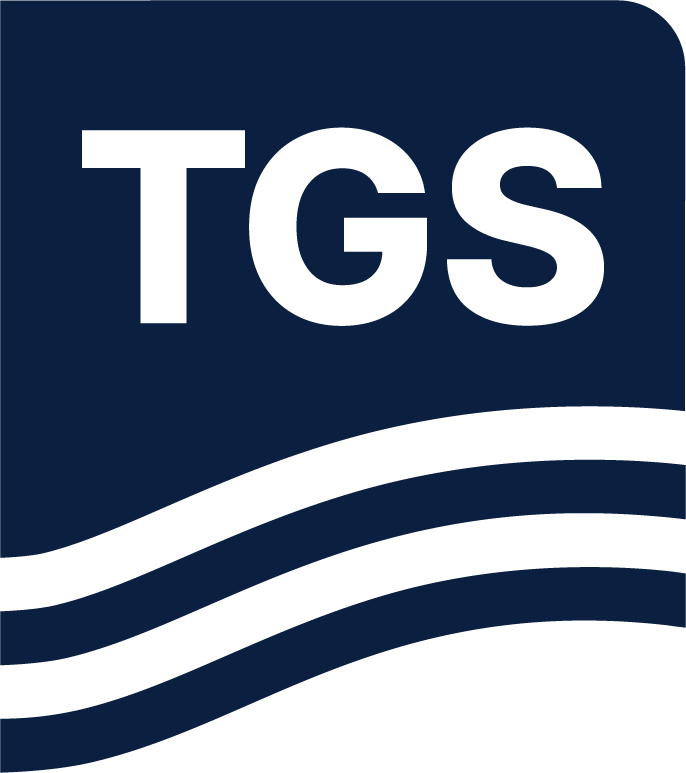This report is to share an experience in getting a high-resolution and accurate velocity model by layer-striping tomographic scheme over ultra-faulted geological structures. With the precise model...
Technical Library
Seismic Data, Processing, Technology, Well Data Reports and Industry and Trade Publication Features, from the Experts at TGS
The Pilot oil accumulation and associated discoveries of Blocks 21/27 and 21/28 have been stranded assets for three decades. The principal cause of delay in developing the oil fields is because these...
The 4D seismic method has been increasingly applied since being introduced some four decades ago for reservoir monitoring including pressure changes and fluid replacements. At the same time, seismic...
In recent years the industry has seen a paradigm shift with the advent of Full Waveform Inversion (FWI) imaging in 3D seismic data processing projects. Fundamentally this is a fairly simple process...
The authors present a method to improve deblending results, while reducing run time and cost. The proposed seeded inversion deblending will combine inversion deblending along with a signal model with...
Enhancing Seismic Data Quality: A Machine Learning Approach to Denoising and Signal Damage Reduction
The authors propose a denoise workflow comprising a supervised ML (Machine Learning) model applied in the common shot domain and a self-supervised ML signal-add back model in the common channel...
Starting from the complex phase velocity, in this paper, the authors derive a system of 2nd order wave equations in 3D visco-acoustic TTI media that can be employed in Reverse Time Migration (RTM) to...
Existing 5D methods fall into two categories, surface-consistent and subsurface-consistent. In the first, seismic traces are interpolated or regularized into a grid of source and receiver lines. In...
In the current paper, the authors describe a cloud-native, fully fault-tolerant redesign of computationally intensive seismic high-performance computing (HPC) algorithms specifically optimized for...
Acquiring surface seismic data over carbon storage sites can be challenging, particularly in shallow water environments where co-located structures such as platforms, production facilities and...

